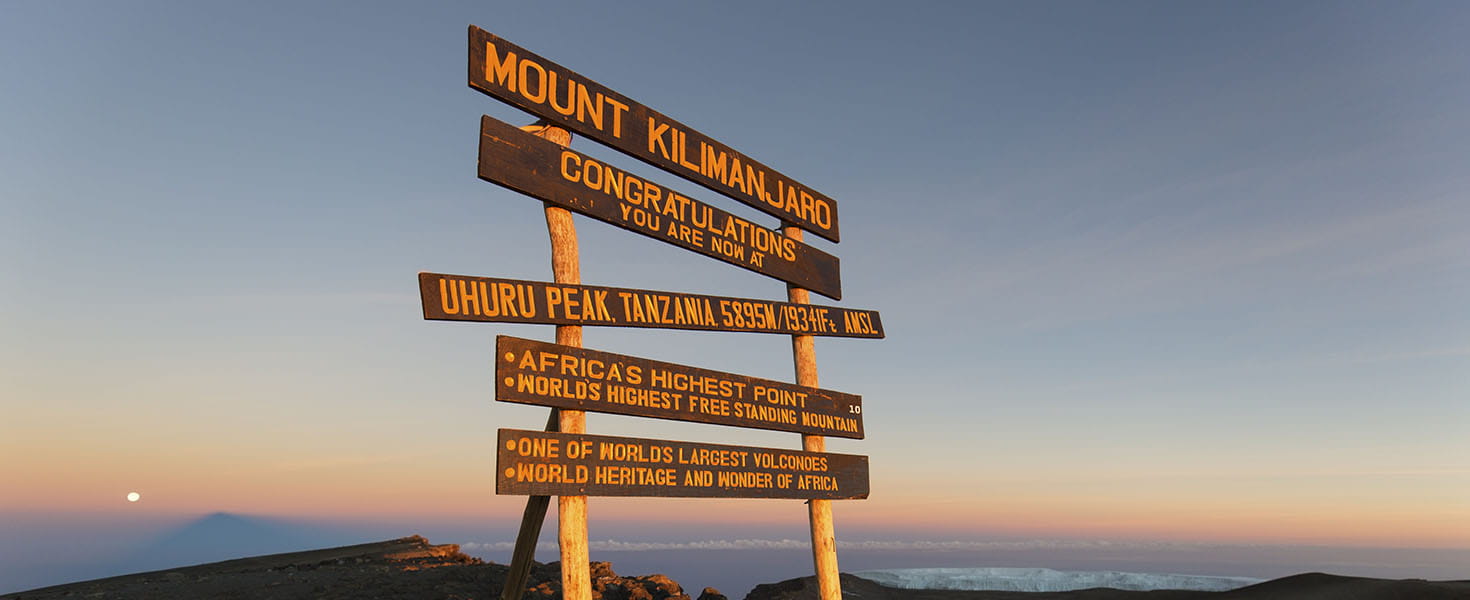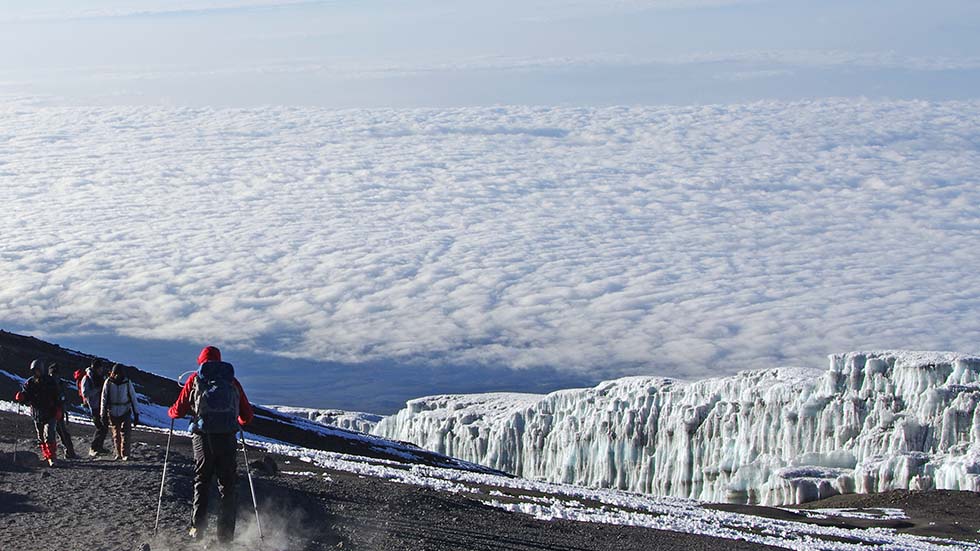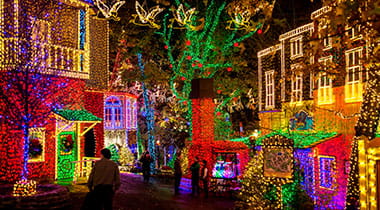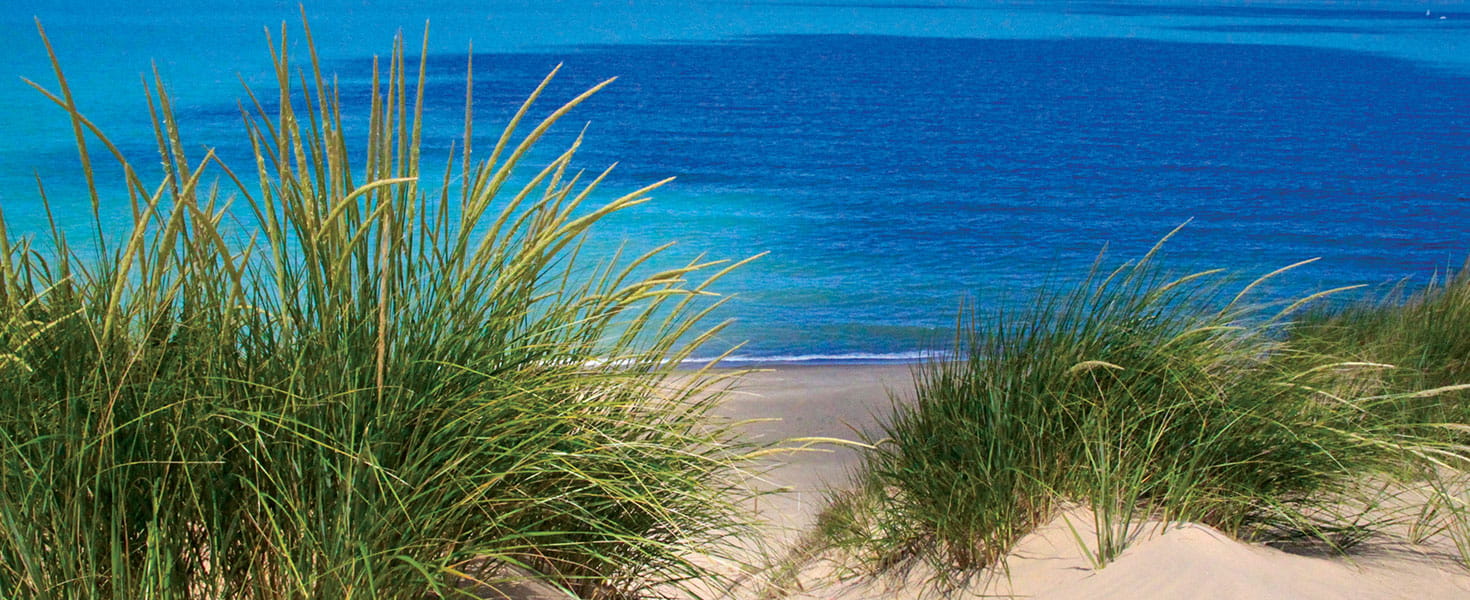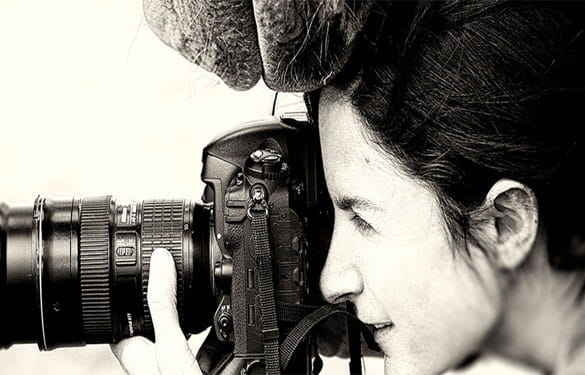Whenever a big birthday looms—one that ends in 5 or 0—I’m struck with what I call the “Climb Every Mountain” syndrome, an urge to go hiking in the world’s major mountain chains. On a trekking expedition in the Himalayas, I’ve seen a blizzard blowing across the top of Mount Everest, 20 miles away. And on my hike of the Inca Trail to Machu Picchu, I traversed high mountain passes and walked beside sheer drop-offs of several thousand feet.
But perhaps my most challenging hike of all was my ascent of Mount Kilimanjaro in Tanzania. At 19,341 feet, Kili is the world’s highest freestanding mountain. It rises up from the vast plains of the Serengeti, its famous ice cap glimmering at the summit. It’s also the highest mountain on Earth that you can ascend without technical mountain-climbing equipment. Since this particular birthday had both a 5 and a 0 in it, I figured the six-day journey to the top would be the perfect way to convince myself I wasn’t growing old.
My friend Jon from Pittsburgh and I spent many months planning our trip. We settled on early July, right after my birthday in late June, because of its optimal weather conditions. To guide us, we chose a company whose tour follows the 38-mile Machame route, which, of the half-dozen trails scaling the mountain, has a reputation for unparalleled natural beauty.
Photo By Moiz/Stock.Adobe.com
And in that regard, I wasn’t disappointed. On our corkscrew path up the mountain, we passed through several distinct climatic zones, starting with a rainforest at the base, then emerging onto a treeless plateau filled with low brush and heather. The higher we went, the more our vistas changed, but three constants were that glorious ice-capped peak towering above us, the great plains stretching below, and another high mountain, Mount Meru, off in the distance. We were blessed with mostly sunny weather, but occasionally clouds would move in and obscure the view below, which meant we were walking above the clouds.
All manner of extraordinary images crowd my memory of those six days. I recall extremely colorful birds and bizarre spiky vegetation like something from a science fiction movie. I remember being dumbfounded to see our guide’s assistants actually running up the steep trail ahead of us, huge canvas-covered loads on their backs filled with our camping gear. And I fondly recall the image of our small group sitting around our campfire at day’s end, laughing and swapping stories.
Photo By Moiz/Stock.Adobe.com
But one stunning image made my entire trip to Africa worthwhile. It was on our final morning, when the last push to the summit was to be made. (Most people leave their campsite at midnight with the goal of reaching the top as the sun rises.)
As I stepped from my tent, a tad nervous about making the ascent in the dark, I turned to look at the mountain’s peak. The sky was full of stars with little wisps of clouds here and there. The nearly full moon cast its light on the mountain’s icecap, making it glow and shimmer with an almost supernatural light that seemed to come from inside the mountain. Dozens of hikers had set off before us, each wearing a headlamp. From my vantage point, it looked like a moving string of pearls heading up to that radiant peak.
Alas, I’m not able to tell you how the view from the top compared. One out of two people who scale Kilimanjaro succumbs to altitude sickness, which can start with fairly minor symptoms such as headaches, nausea, and shortness of breath but can quickly escalate to something far more serious. On my trek in the Himalayas, I’d seen people on stretchers being rushed down the mountain.
About two hours into our final climb up Mount Kilimanjaro, I found myself feeling lightheaded and confused, as if my befuddled brain were watching my body operate without its control.
Photo By Stephane Pothin/Stock.Adobe.com
I kept telling myself it would pass, but the moment I knew I could go no farther was when I looked up at the stars and saw them all blink off in unison, as if someone had turned off a light, and then blink back on. “Okay. Visual hallucinations,” I recall the still-rational part of my mind saying. “Time to turn around.”
Our guide appointed an assistant to take me back to the campsite. As I walked down the mountain by the light of the gathering dawn, I remember being surprised that I wasn’t profoundly disappointed about not reaching the summit. Perhaps even then I understood that it was my body, not my will that had done me in.
But maybe I’d also learned that there’s frequently literal truth to the old saying: “It’s not the destination that matters; it’s the journey.” I’d seen so many vivid and beautiful images on this trip—including that singular, spectacular sight of the moon creating an otherworldly glow on Kilimanjaro’s icecap—that the view from the top would have been superfluous. Now I know: it doesn’t matter if you don’t reach the peak if you’ve already had a peak experience.








